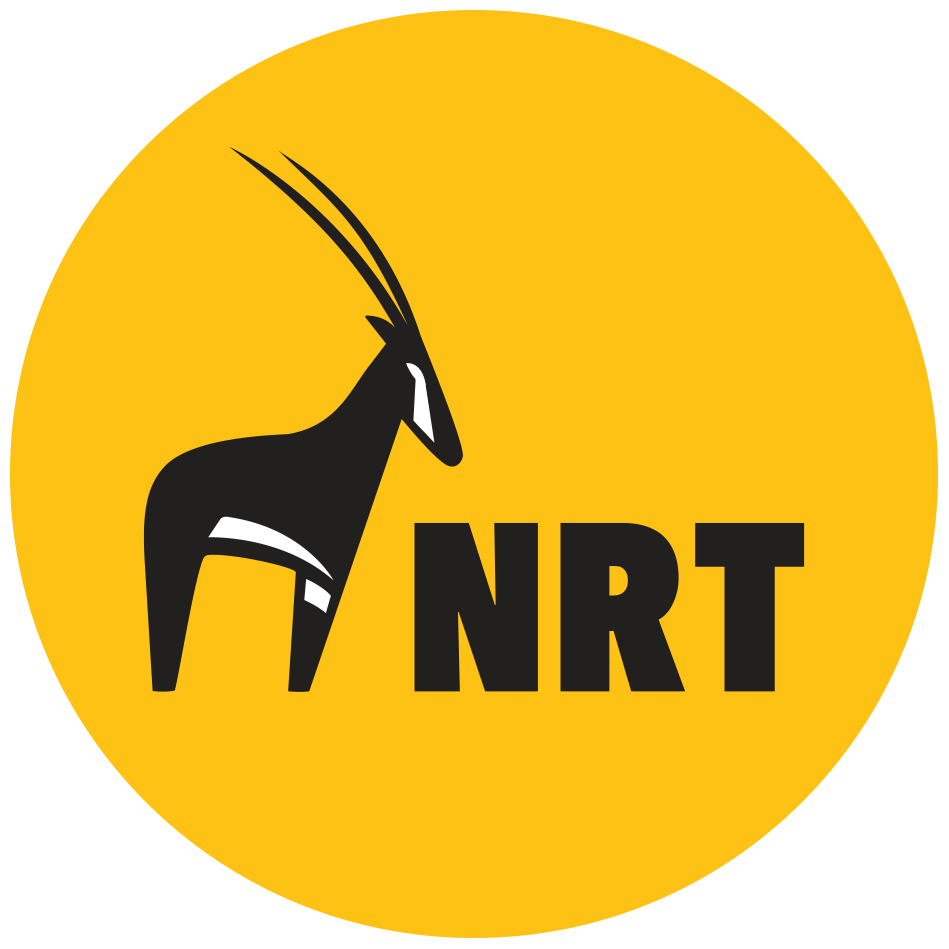Aerial Count Reveals Increase in Endangered Oryx
Conservation action by indigenous communities in northern Kenya is providing hope for the future of the endangered Beisa oryx in the region. The results of an aerial count conducted in Nakuprat Gotu Community Conservancy have revealed a 10% per annum increase in the population of Beisa oryx in the area. However, the count revealed that livestock numbers had also increased fivefold since 2018, necessitating the need for the Conservancy to address potential resource-competition challenges without threatening local pastoralist livelihoods.
Beisa oryx in Bojidera, Nakuprat Gotu Community Conservancy. Photo: Northern Rangelands Trust.
Beisa oryx are currently listed as ‘Endangered’ by IUCN Red List of Threatened Species, which prompted the Nakuprat-Gotu Community Conservancy – a historical stronghold for the antelope – to launch focused conservation action.
With support from partners including the IUCN Save Our Species, co-funded by the European Union, Northern Rangelands Trust and Fauna & Flora International, these conservation efforts are paying off. An estimated 880 individuals were counted in July 2020, compared to 709 individuals in 2018.
Beisa oryx populations are in decline across much of Africa. Habitat loss, hunting, and competition with livestock for pasture all threaten the future of this majestic antelope - and there are now only an estimated 8,000 - 9,000 individuals left in the wild in just four countries - Kenya, Tanzania, South Sudan, and Ethiopia.
Nakuprat-Gotu Community Conservancy is part of a network of community conservancies across Kenya’s northern rangelands, which look to transform lives, build peace and conserve natural resources. The community conservancy model looks at wildlife conservation in the context of wider socio-economic landscape – recognizing that community-led endangered species recovery programmes can only be successful with strong local governance, peace, natural resources management, security, and thriving livelihoods.
Beisa oryx graze in the northern rangelands. Photo: Northern Rangelands Trust
As part of the oryx recovery programme, Nakuprat-Gotu’s locally employed ranger team have intensified their anti-poaching patrols. The Conservancy has also placed a focus on raising awareness in villages through dialogue and sport, and starting school conservation clubs which aim to engage and inspire young people.
However, livestock numbers (sheep and goats in particular) in the conservancy have also increased fivefold since 2018, posing a threat of competition for resources and reinforcing the importance of a community-led, all-season grazing management plan.
A new rainwater harvesting earth pan is also being constructed in the area, which could lead to increased human and livestock activity in the Beisa oryx range. With the data from this aerial count, and other data collected by conservancy rangers, the Nakuprat Gotu conservancy management team could work with the National Environmental Management Authority (NEMA) to propose an alternative site for the dam away from the Beisa oryx home range.
Oryx aren’t the only animals to have increased in number. Conservation efforts are also benefiting giraffe, whose numbers were also up from 2018.
Disclaimer: This publication was produced with the financial support of the European Union through IUCN Save Our Species. Its contents are the sole responsibility of the Northern Rangelands Trust and do not necessarily reflect the views of IUCN or the European Union.




